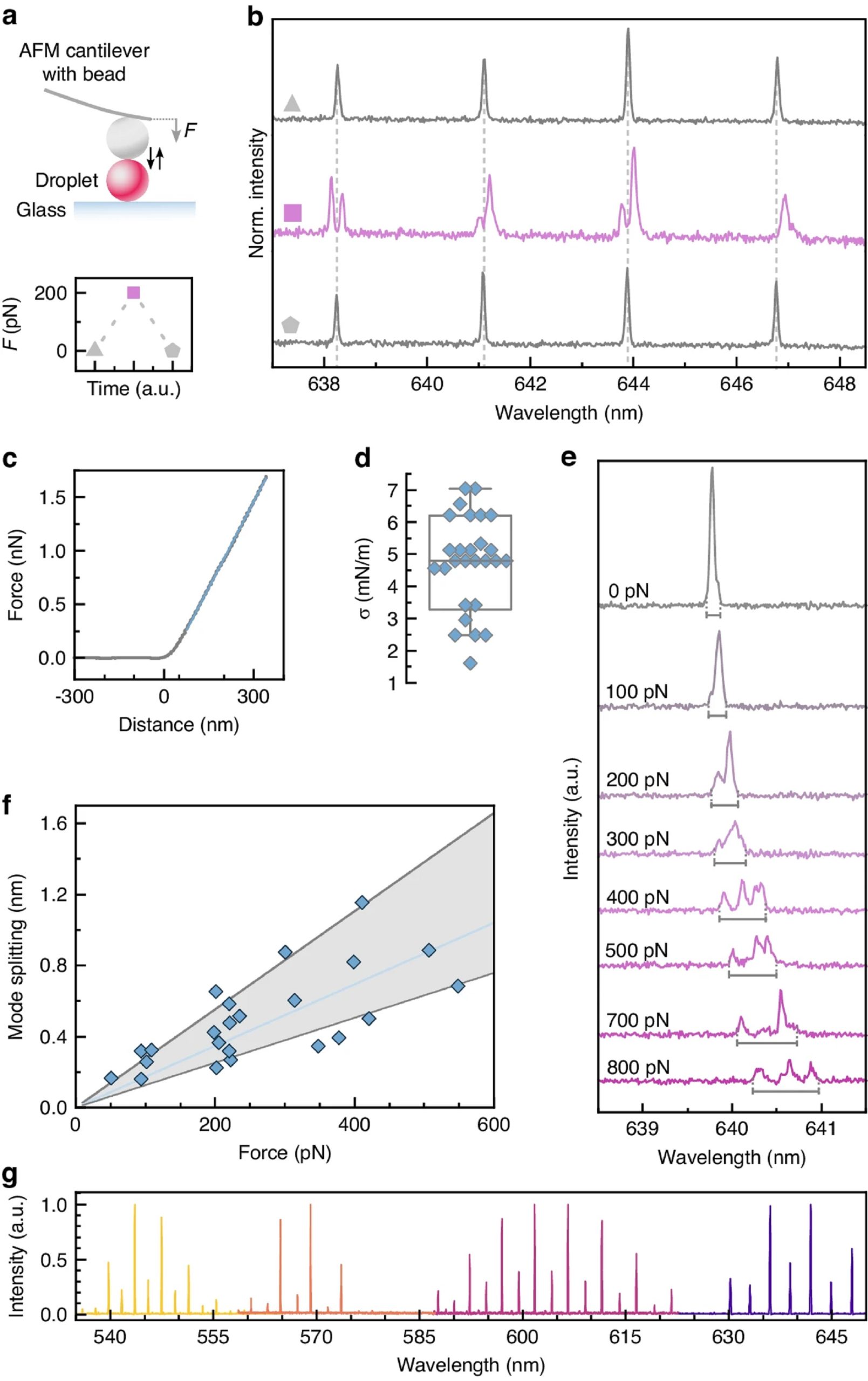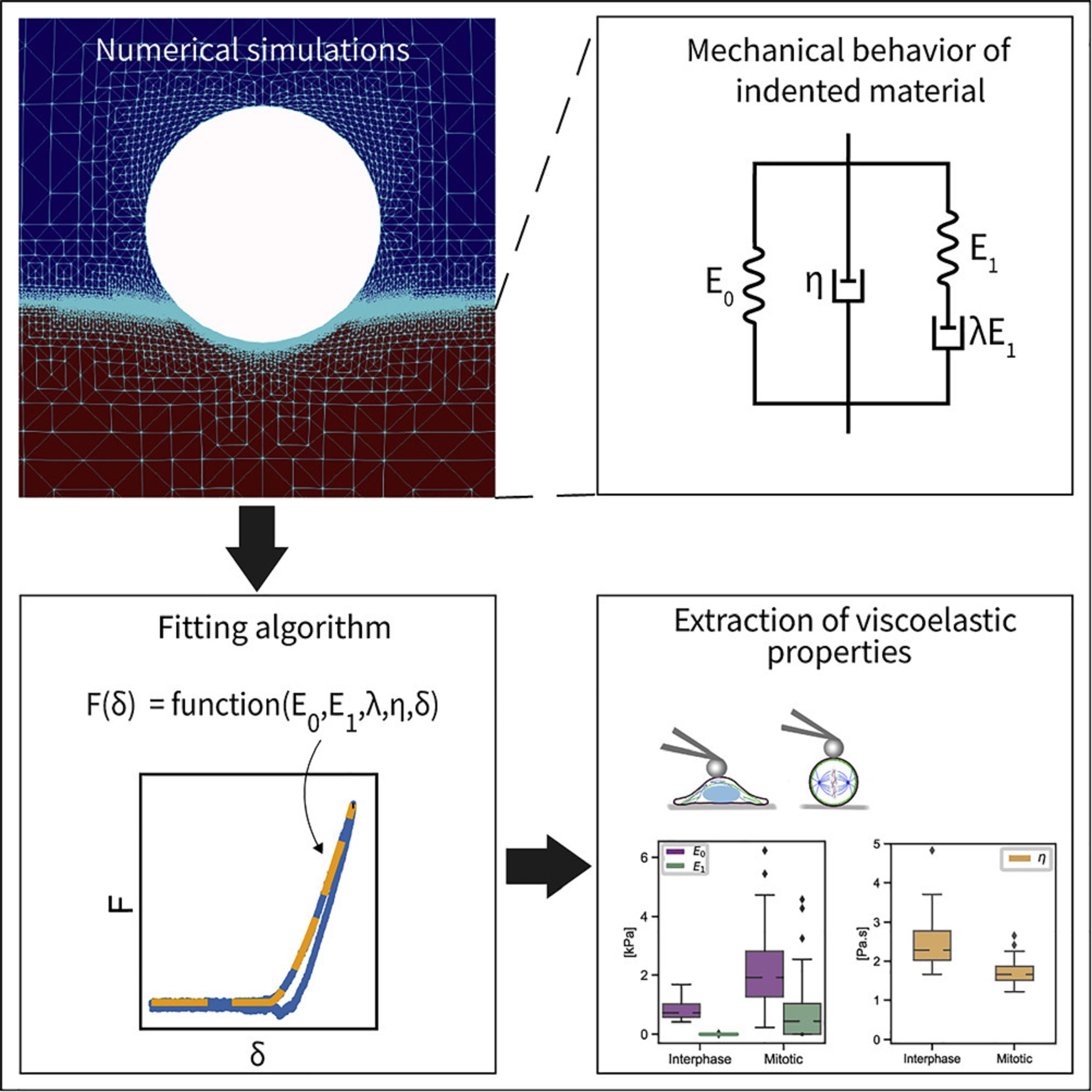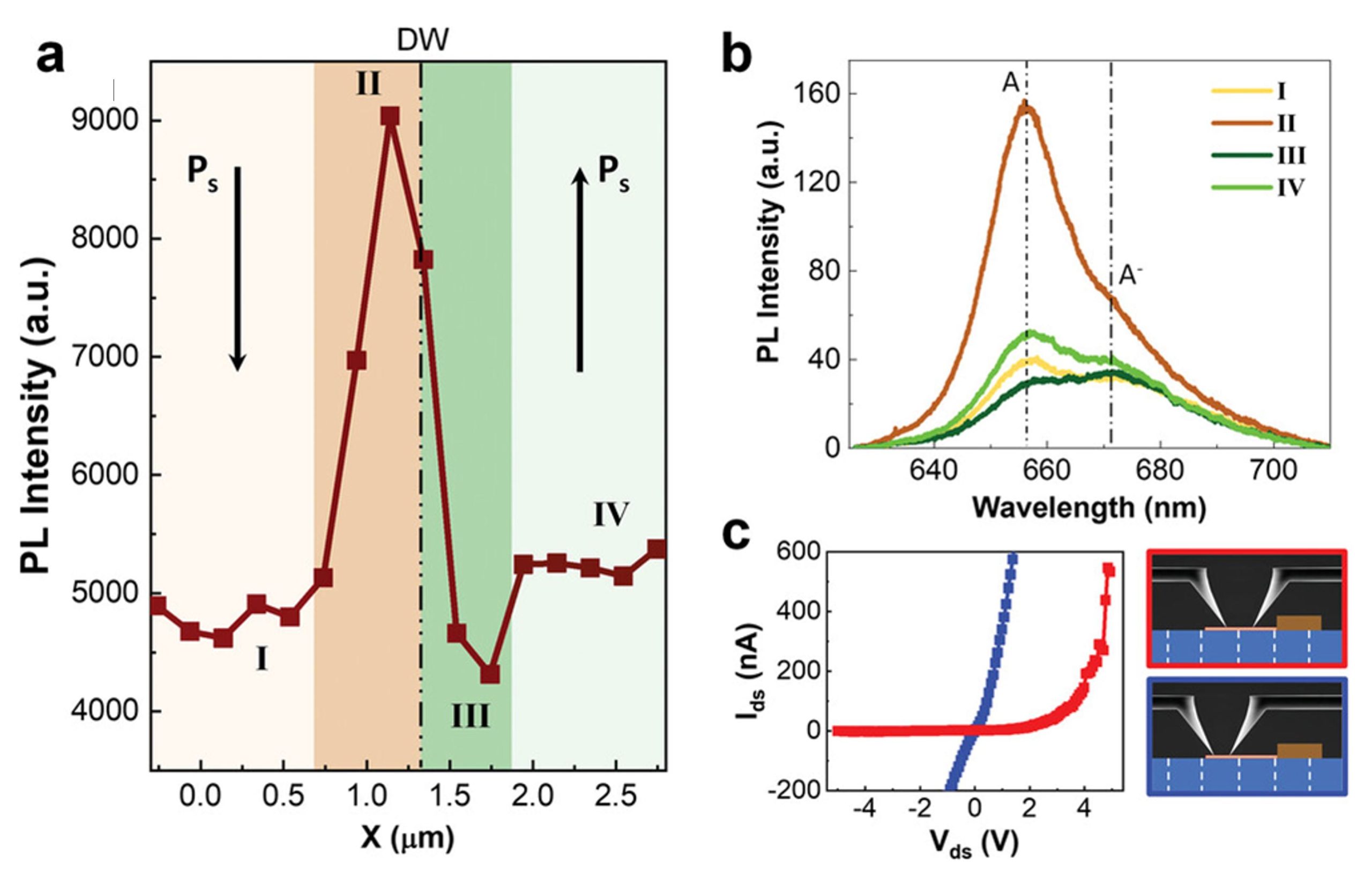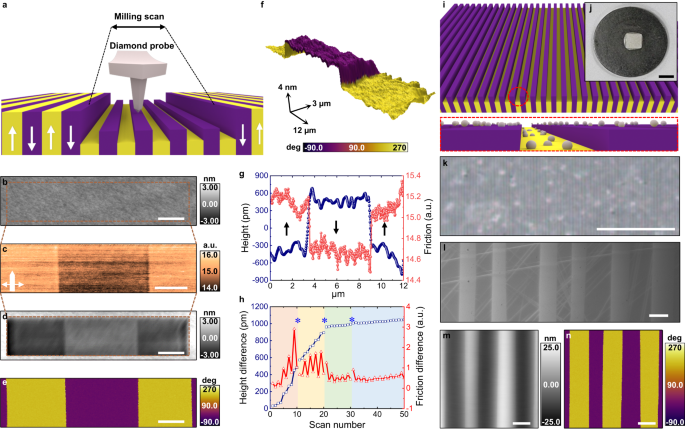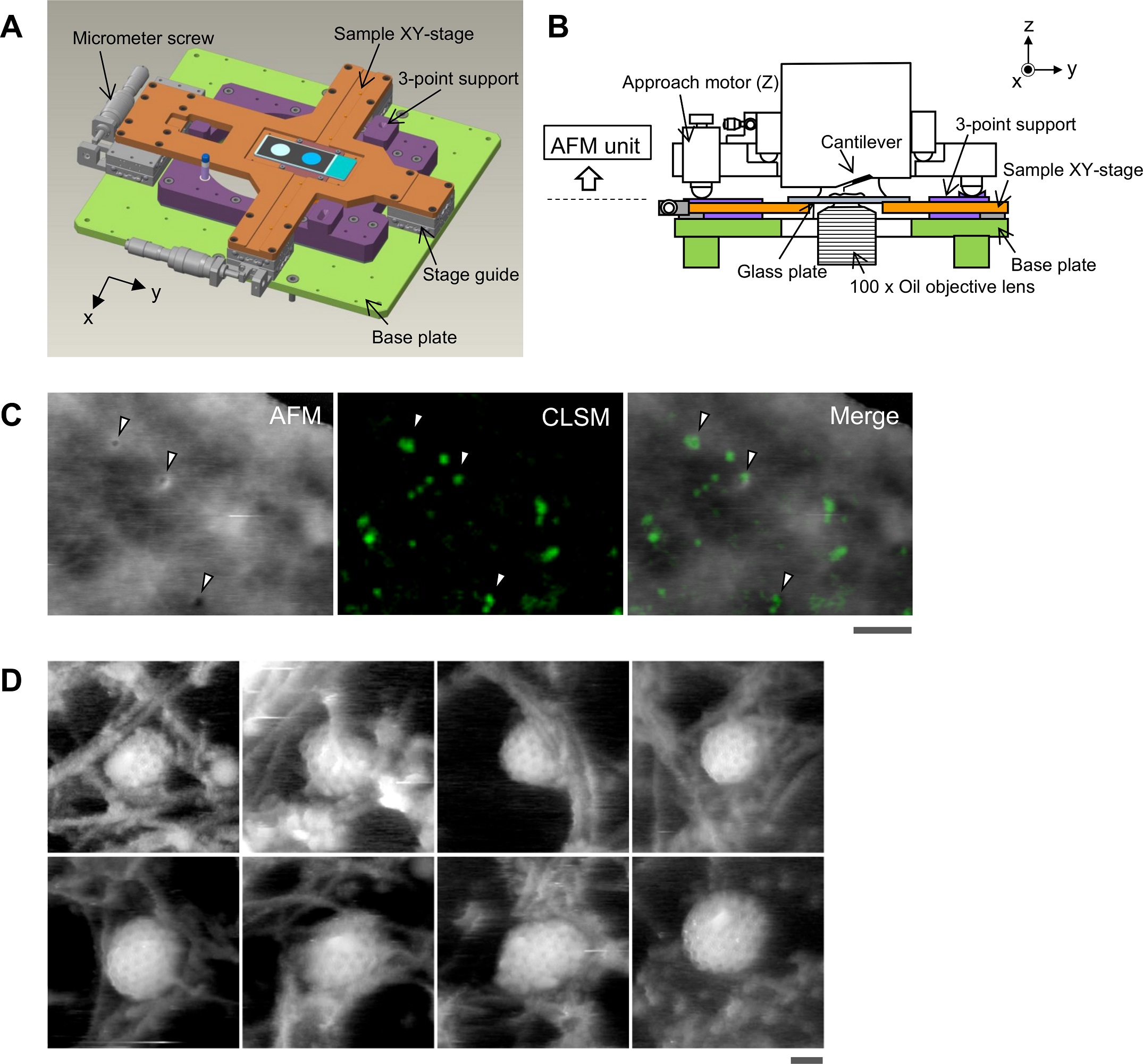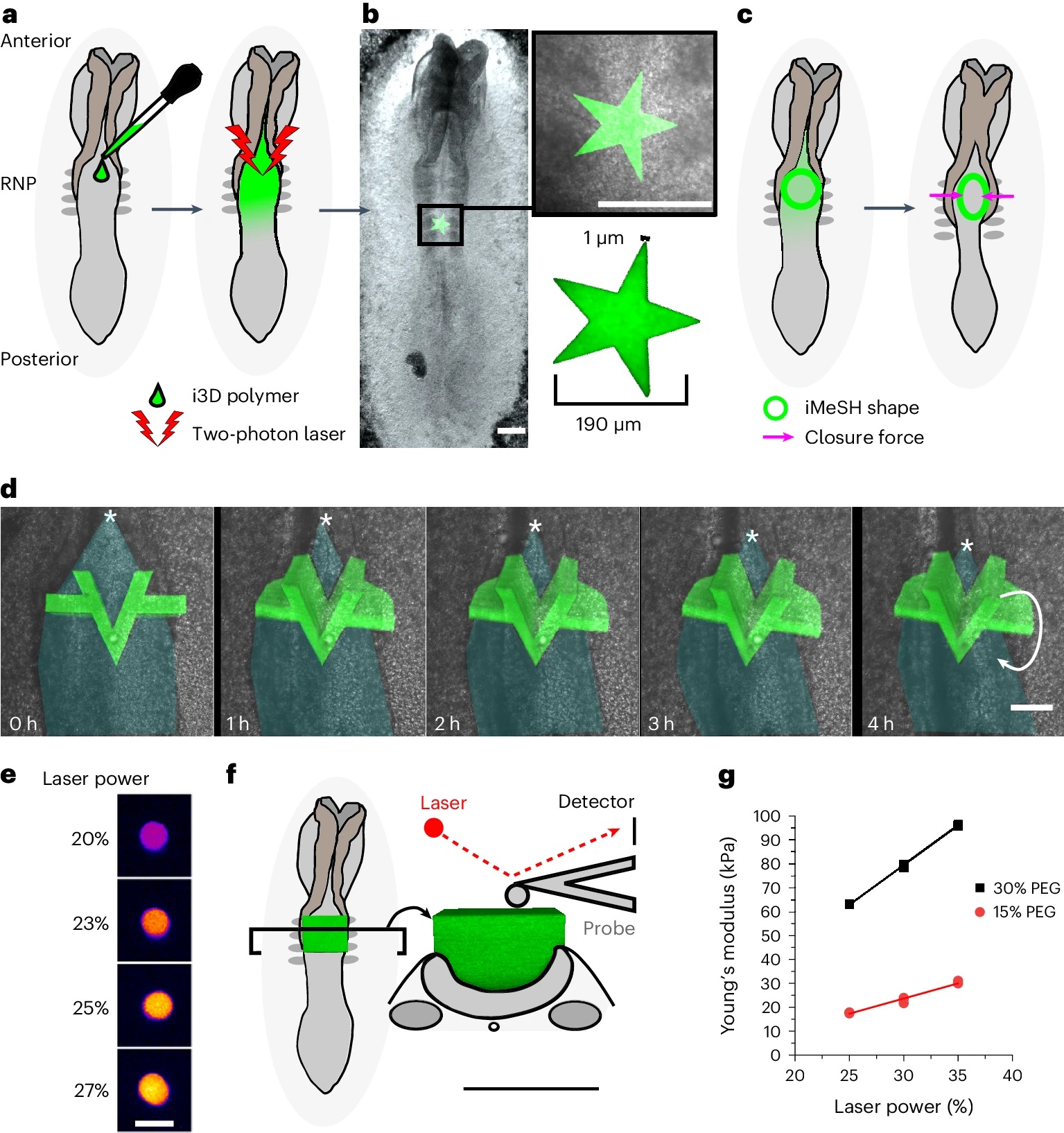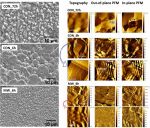




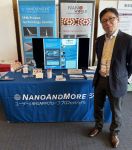



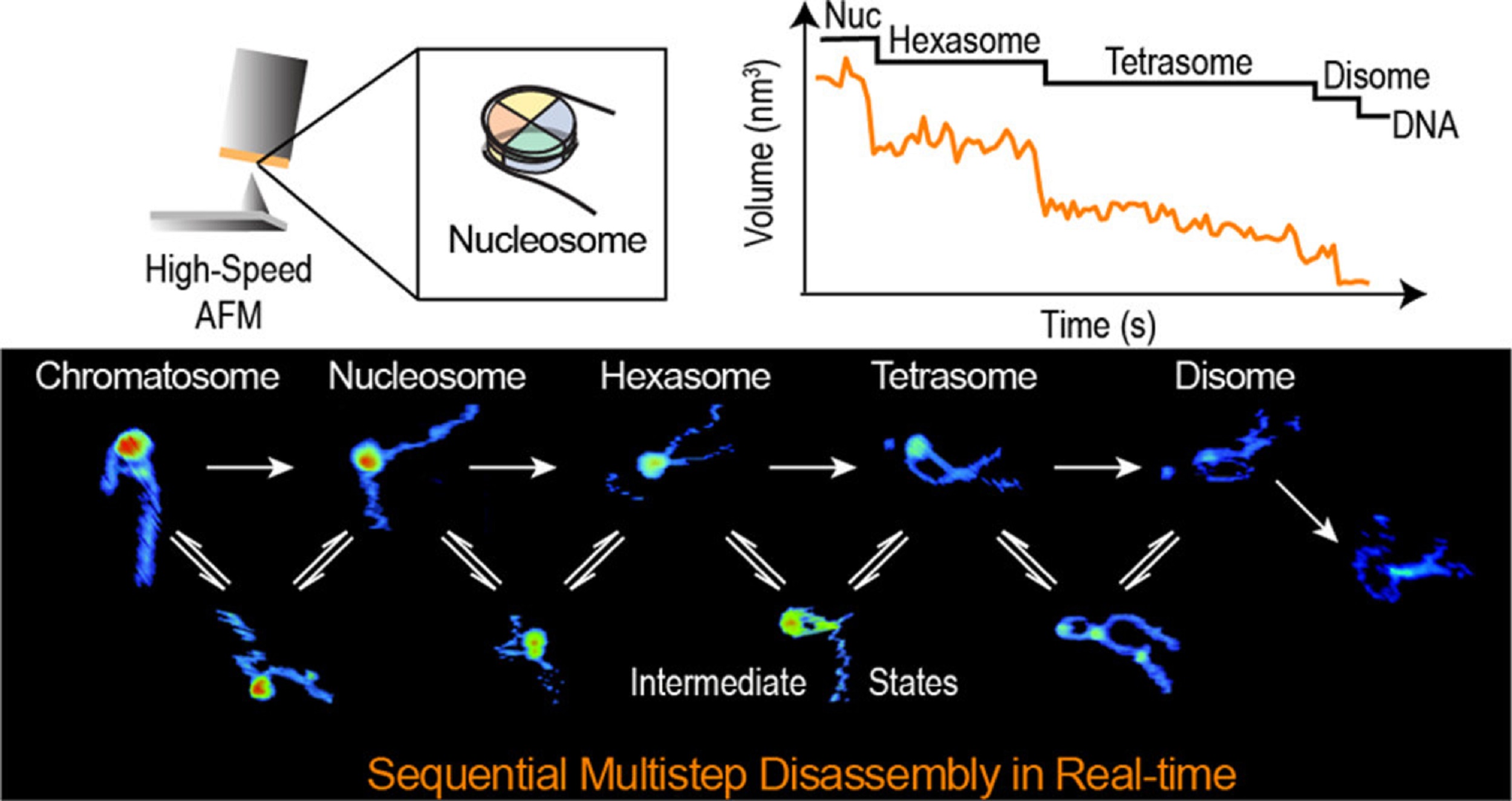


"The setup demonstrates ≈10 nm resolution in PL imaging of shallow NV centers in diamond and shows the ability to separately address NV centers unresolvable with optical means. The results indicate that in contrast to gold cantilevers, platinum tips of the same diameter do not exhibit a significant plasmon-related PL enhancement, while still inducing a PL quenching at the lateral NV-tip distances comparable to the tip diameter. This nanoscale localization can be utilized to determine the position of single NV centers in diamond nanopillars with high precision, which is crucial for the scanning NV magnetometry."

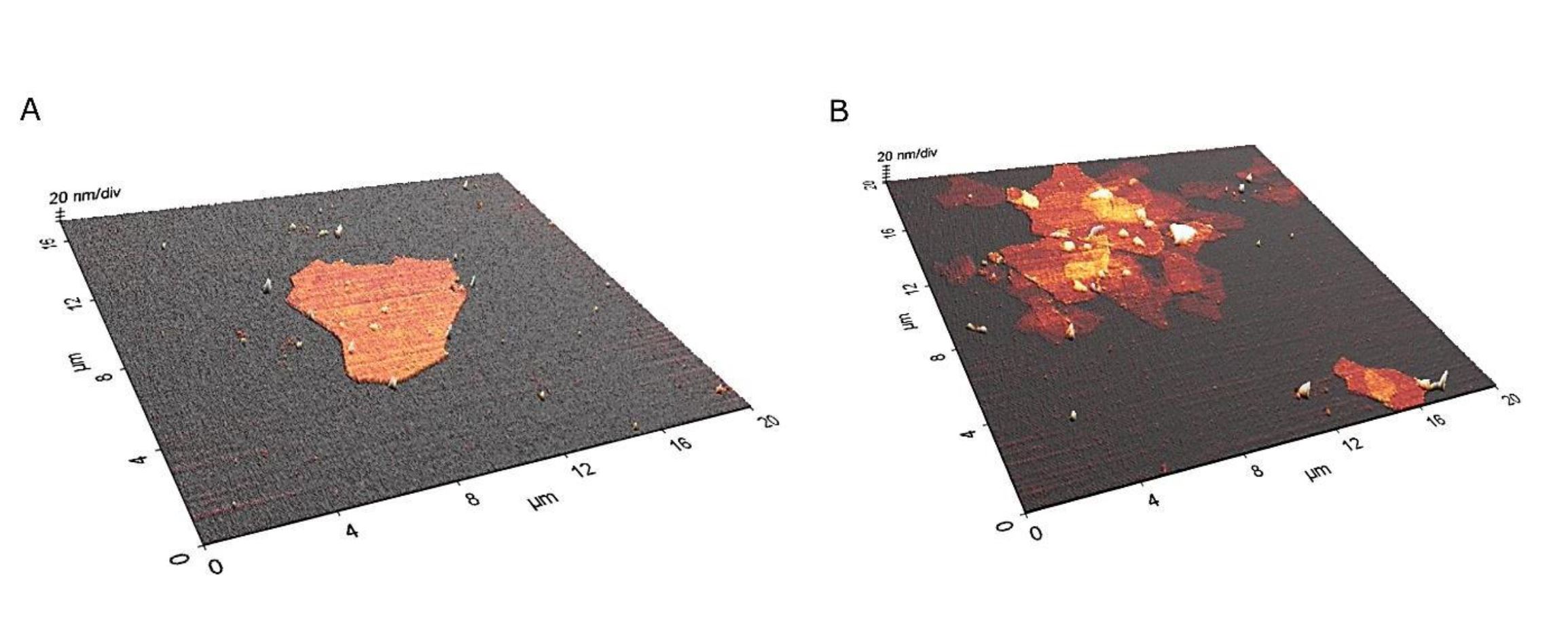



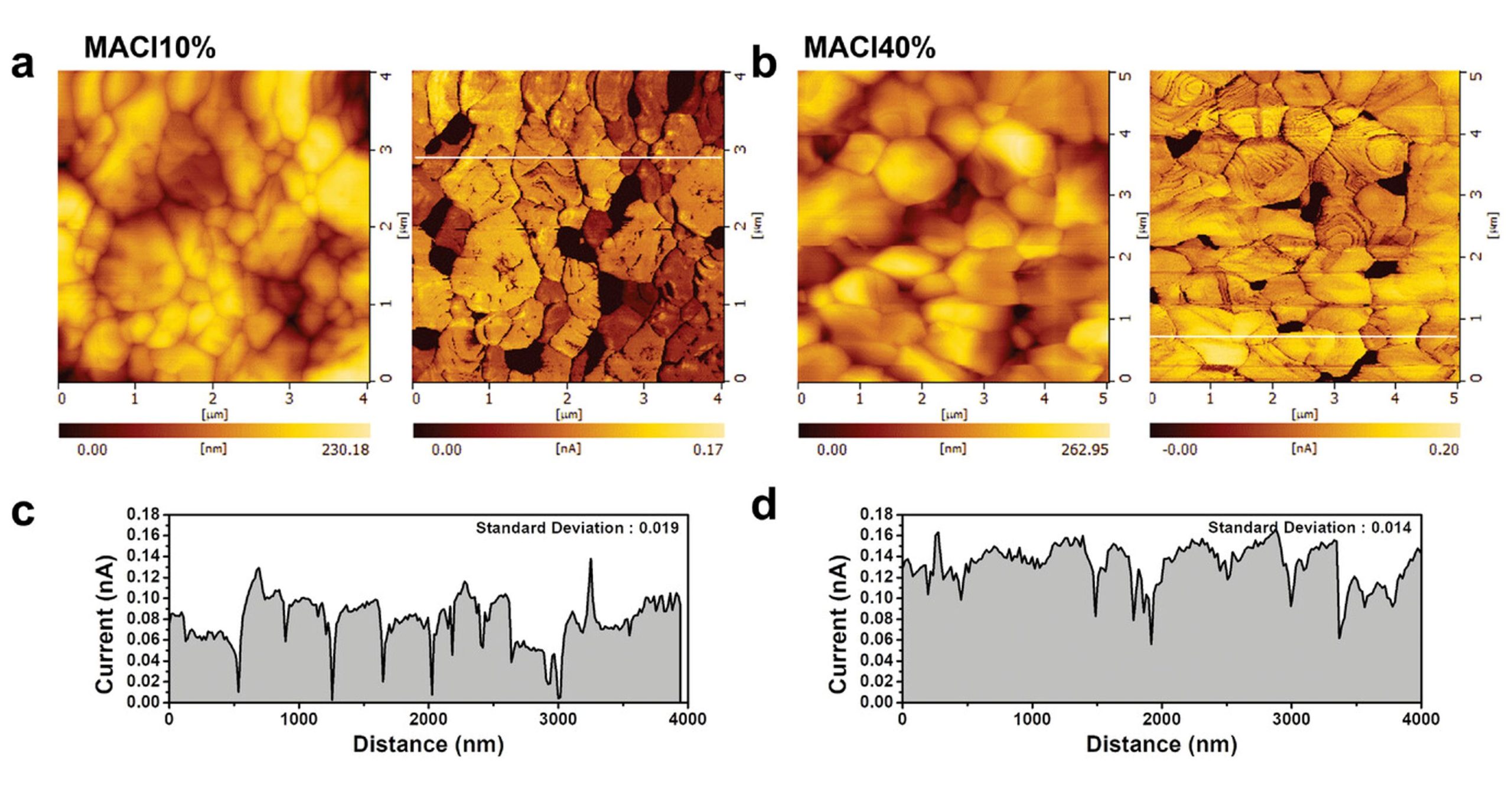


NanoAndMoreジャパンは応用物理学会 秋季学術講演会 併設展示会 JSAP EXPO Autumn - this is the main text
2024に出展しています。
主催:公益社団法人 日本応用物理学会
日時:2024年9月16日 (月)-9月20日(金)
場所:新潟市 朱鷺メッセ ブーズ番号I-24
https://meeting.jsap.or.jp/
#AFMカンチレバー #AFMプローブ #日本応用物理学会 #応用物理学 #物理学 #SPMプローブ #原子間力顕微鏡 #走査型プローブ顕微鏡 #jsap #超高周波AFMプローブ #マイクロカンチレバー #ナノテクノロジー #材料科学 #生物物理学 #応用物理学 #走査型プローブ顕微鏡 学 #応用物理学 #走査型プローブ顕微鏡



